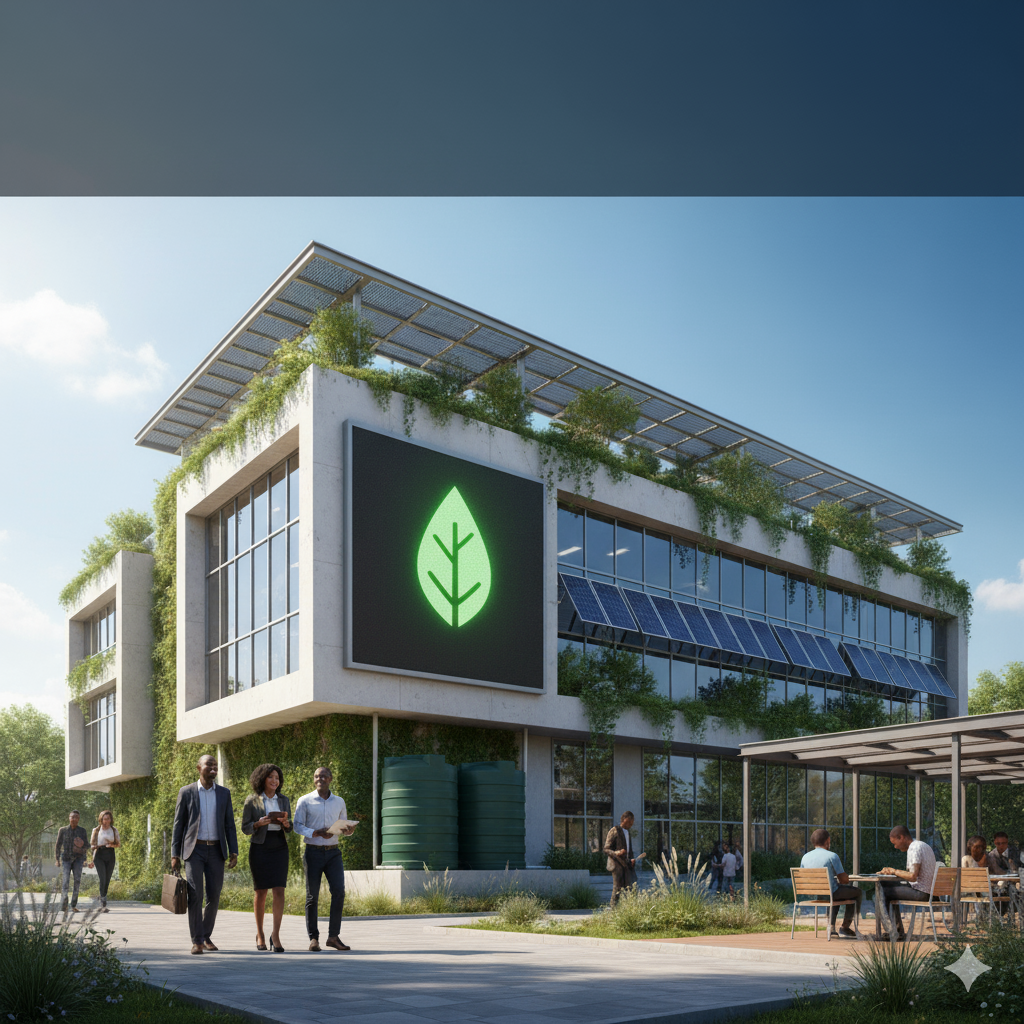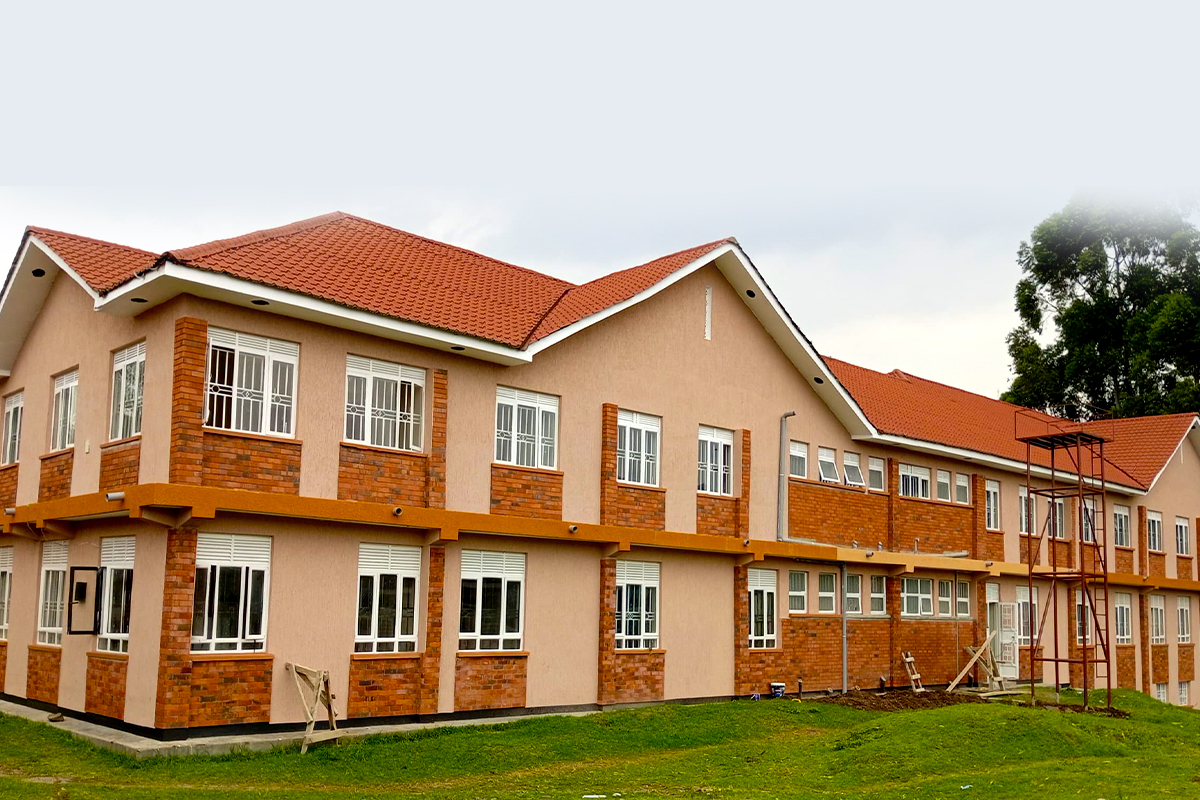In Uganda, as urbanization and construction continue to grow rapidly, sustainable building practices are becoming increasingly important. One way to ensure that a building meets high environmental and efficiency standards is through LEED certification—a globally recognized rating system for green buildings developed by the U.S. Green Building Council. LEED, which stands for Leadership in Energy and Environmental Design, evaluates buildings on sustainability, energy efficiency, water conservation, and overall environmental impact.
1. Reduced Energy and Water Costs
Buildings that achieve LEED certification are designed to use energy and water efficiently. In Uganda, where electricity costs can fluctuate and water supply can sometimes be limited, energy-efficient lighting, solar integration, and water-saving plumbing systems help reduce operational costs over time.
2. Enhanced Indoor Environmental Quality
LEED-certified buildings prioritize indoor air quality, natural lighting, and thermal comfort. This creates healthier spaces for residents, employees, and customers. In commercial offices or schools in Kampala and other cities, improved indoor environments contribute to higher productivity, better learning outcomes, and overall wellbeing.
3. Environmental Responsibility
LEED buildings minimize environmental impact by using sustainable materials, reducing waste, and conserving natural resources. For Uganda, where urban development is putting pressure on ecosystems, adopting LEED standards helps promote responsible construction practices that protect the environment.
4. Increased Property Value
Green buildings are increasingly in demand. LEED certification can significantly increase the market value of residential and commercial properties in Uganda. Buyers and tenants are more likely to invest in buildings that offer lower utility bills, healthier living conditions, and environmentally friendly features.
5. Compliance with Local and International Standards
LEED certification ensures that a building aligns with both international best practices and local regulations. This is particularly important for multinational companies, NGOs, and government projects in Uganda that are expected to meet global sustainability standards.
6. Reputation and Branding
For businesses in Uganda, operating from a LEED-certified building demonstrates a commitment to sustainability and corporate social responsibility. It enhances brand image, attracts environmentally conscious clients, and positions the company as a leader in sustainable practices.
7. Long-Term Durability and Efficiency
LEED-certified buildings are designed with durability and efficiency in mind. Sustainable materials, efficient systems, and thoughtful design reduce maintenance needs and prolong the building’s lifespan, making it a smart investment for Ugandan property owners.
Conclusion
LEED certification offers multiple benefits for buildings in Uganda, from cost savings and improved indoor comfort to environmental stewardship and enhanced property value. As the construction industry in Uganda grows, adopting LEED standards is not just a trend but a strategic approach to building sustainable, efficient, and high-quality structures.
For property owners, developers, and companies, investing in LEED-certified construction is a step toward a greener, healthier, and more profitable future.




Lorem ipsum dolor sit amet, consectetur adipisicing elit. Laudantium eius, sunt porro corporis maiores ea, voluptatibus omnis maxime